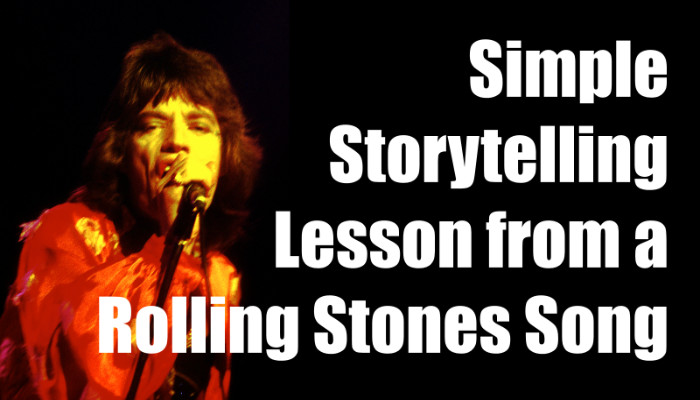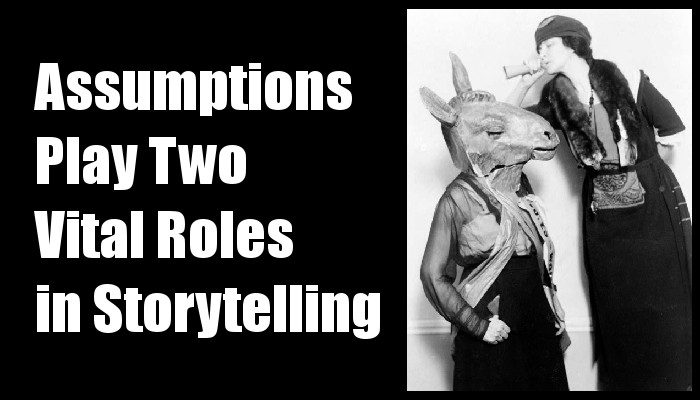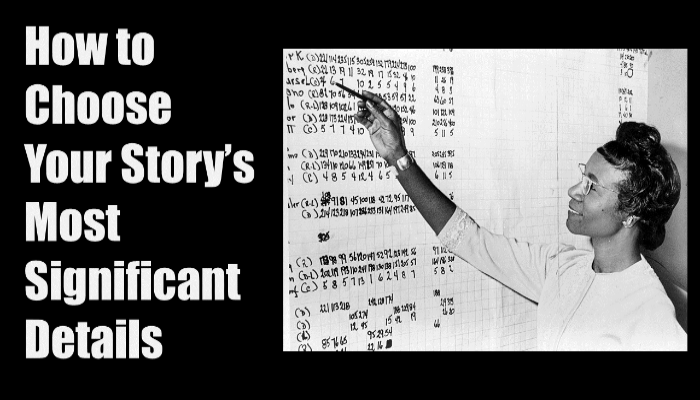by Ron Ploof | Mar 5, 2018 | Business Storytelling

One of the best things about being a storyteller is the god-like control we hold over our characters. But, with all great power comes great responsibility. If a story is the result of people pursuing what they want (StoryHow Mantra), storytellers must choose how to satisfy those wants.
I bought my first car when I was sixteen. My 1969 Cutlass Supreme was big, fast, and fun to drive. Its powerful 350 engine could pass anything…well, except for a gas station. It drank gasoline like a thirsty camel which ate into my meager earnings as a student and part-time employee. And so, I sold the gas-guzzler to get a more fuel-efficient one: a 1974 Fiat 128.
And I got EXACTLY what I wanted. My gasoline expenses plummeted–yet not for the reasons that I expected. When the car actually ran, it used a thimbleful of fuel. However, the money I saved in gas bills was swamped by the vehicle’s repair bills.
Storytellers have two choices when granting their character’s wishes: give them what they ask for or what they expect, but never both. One or the other leads to a story. Both leads to a boring marketing pitch.
Option One: Give characters exactly what they asked for, but not in the way they expected.
- King Midas wanted everything that he touched to turn to gold, before thinking through the whole eating thing.
- Ron wanted a fuel efficient car and got one that didn’t run.
Option Two: Give characters what they expected, just not in the way they had envisioned it.
- Sharon asked for a fish, but got a fishing rod.
- Sam prayed for money and was offered a back-breaking job.
A story is the result of people pursuing what they want. So, always remember the immortal words of Mick Jagger and Keith Richards:
You can’t always get what you want, but if you try sometimes, you just might find, you get what you need.
Photo Credit: image by Irog through Creative Commons: Attribution-ShareAlike 2.0 Generic.
by Ron Ploof | Feb 26, 2018 | Business Storytelling

Many years ago, my wife and I attended a couples retreat in the San Fernando Valley. The first night, attendees sat in a circle and introduced themselves. As soon as one gentleman opened his mouth, I knew where he grew up.
“Lemme guess,” I said afterwards. “You’re from either Arlington or Somerville, Massachusetts.”
His wife laughed. “Sum-mah-ville,” she said, imitating her husband’s native tongue.
Most outsiders don’t realize that the “Boston accent” is as diverse as the city’s inhabitants. If you listen closely enough, you can hear subtle differences that allow you to pinpoint specific parts of the city. For example, folks from Boston’s North End sound very different than those from “Southy.”
My twenty years as a Southern California resident hasn’t diminished my skills. Not long ago, I had a telephone call with a guy in Arizona. After we’d wrapped up our conversation, I said, “I need to tell you that you’re are making me homesick. I can tell from your accent that we probably grew up within a few miles of one another.”
“Really?” he said. “I grew up in Billerica, Massachusetts. Where did you grow up?”
“Tewksbury,” I said. Tewksbury and Billerica share a border.
My interest in accents offers a lesson in assumptions. We make assumptions all the time. And although Felix Unger says that we should never assume, life would be impossibly frustrating without it. Making assumptions about everyday activities frees our lives from the trappings of trivial minutia. We’re constantly assuming that other drivers will stay in their lanes, liquids labelled as coffee will be hot, and that darkened street corners should be avoided.
Assumptions play two vital roles in any story. First, they spare storytellers the toil of explaining infinitesimal details. Storytellers rely on their audience’s astute ability to connect the dots, thus freeing them to paint the common parts of a picture with a limited palate of colors.
The second role requires a wrong assumption. Wrong assumptions can occur in two ways: either the storyteller has intentionally led the audience to make a bad assumption, or a character has initiated a calamity by making one—like I did recently with my accent game.
The barista at a local coffee shop had an east coast accent…well, sort of. There was something off about it. I’d listen closely every morning, but just couldn’t pinpoint its origin. Perhaps I was losing my touch. Or, perhaps I was hearing an exotic new accent for the first time. And so, I finally asked.
“May I ask where you were raised?”
“Right here in Southern California,” she said.
“Really?” I tried to clarify. “Were you born here?”
“Yes,” she said as she rang up my order.
This made no sense. How could she have been raised locally but sound as if she learned English three-thousand miles away? “That’s interesting,” I said, “because you have an accent that sounds northeastern.”
“Oh,” she said cheerily. “That’s not an accent. I have a speech impediment.”
Oops.
We are assumption-based beings. Most of the time, we get ‘em right. When we don’t, however, we get a story.
What assumptions do you make every day? What about your customers? Which ones do you always get right? More importantly, which ones do you get wrong? The latter always leads to a better story.
Photo Credit: Mrs. Guilford Dudley of Nashville with ear trumpet, talking into ear of Democratic donkey, played by Mrs. Mary Semple Scott in skit atNational American Woman Suffrage Association in Chicago. Chicago Illinois, 1920. Photograph. Retrieved from the Library of Congress, https://www.loc.gov/item/95507721/.
by Ron Ploof | Feb 20, 2018 | Business Storytelling

Last week we discussed how right words combined with the most significant details created one-sentence stories. But, what exactly is the most significant detail? If you’re preparing for a meeting with your boss, writing a press release, or authoring a presentation, how do you identify the most important components to focus on?
Let’s consider the story of four numbers: 1, 4, 5, 9
How would we rank each digit in terms of significance? One way would be through magnitude:
- 9 is most significant, because it is the largest
- 5 is the next most significant because it is the next largest.
- 4 is the next most significant because it is the next largest.
- 1 is the least significant because it’s the smallest.
But what if, rather than listing them separately, we created a different story, like 1,459?
Essentially, 1,459 tells the story of four different numbers: 1000 + 400 + 50 + 9. In this story, a digit’s significance has more to do with its location than its relative magnitude.
- 1 is now the most significant digit because it represents 1,000
- 4 is the next most significant because it represents 400
- 5 is the next most significant because it represents 50
- 9 is least significant digit because it only represents itself.
It all depends upon the context. Sometimes ‘9’ is more significant than a ‘1’ and vice-versa.
So, what are the most significant details in your story? What’s the most significant role, event, or influence? The answers to these questions will form a solid frame for you to build your story upon.
Photo Credit: Higgins, Roger, photographer. Shirley Chisholm, head-and-shoulders portrait, facing left, standing with right arm raised, looking at list of numbers posted on a wall / World Telegram & Sun photo by Roger Higgins. New York, 1965. November 2. Photograph. Retrieved from the Library of Congress, https://www.loc.gov/item/2005676944/.


